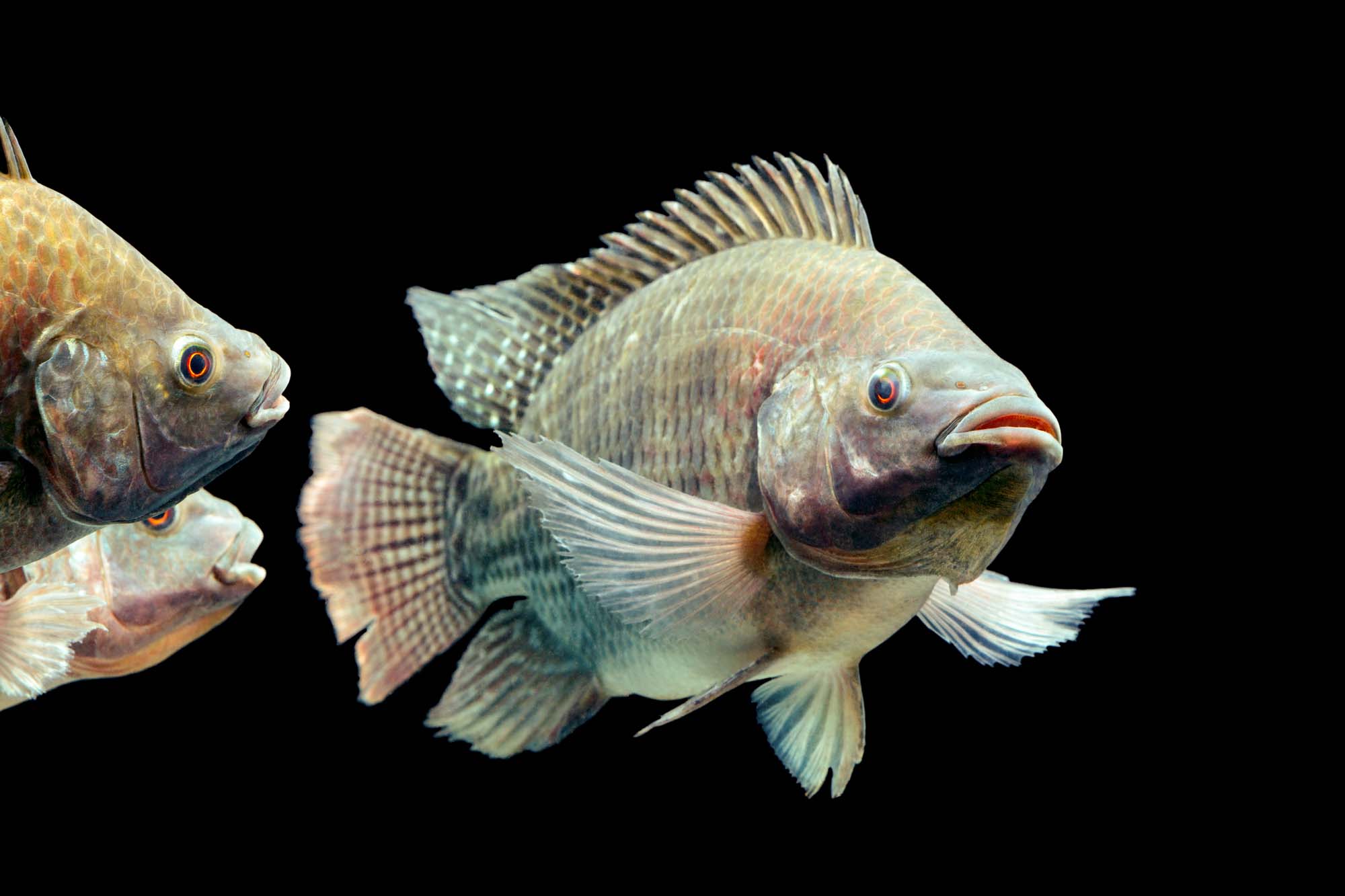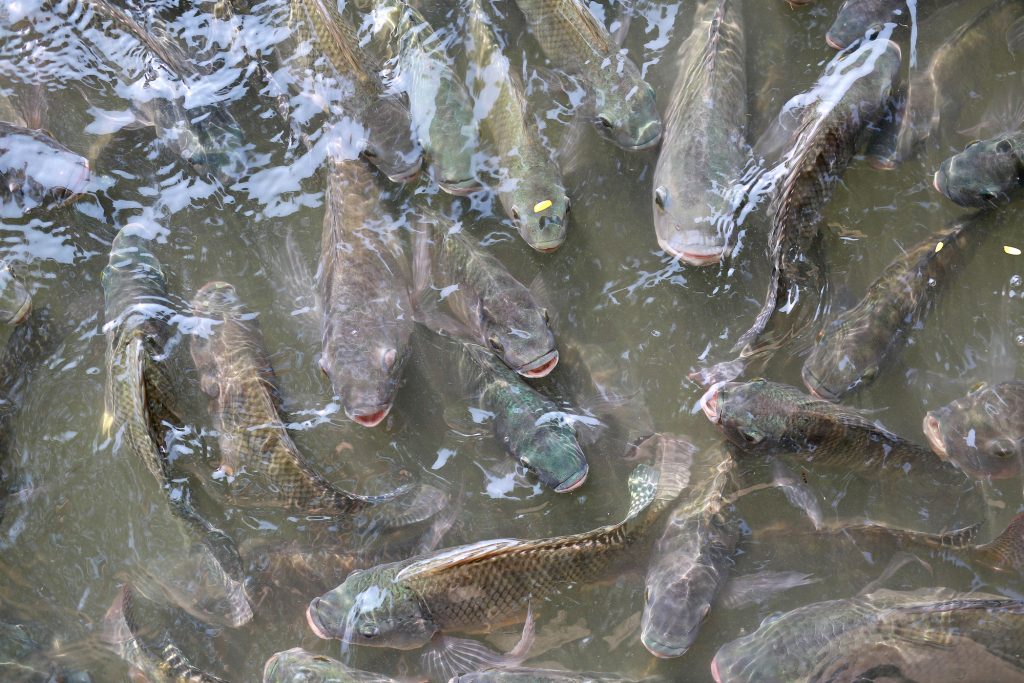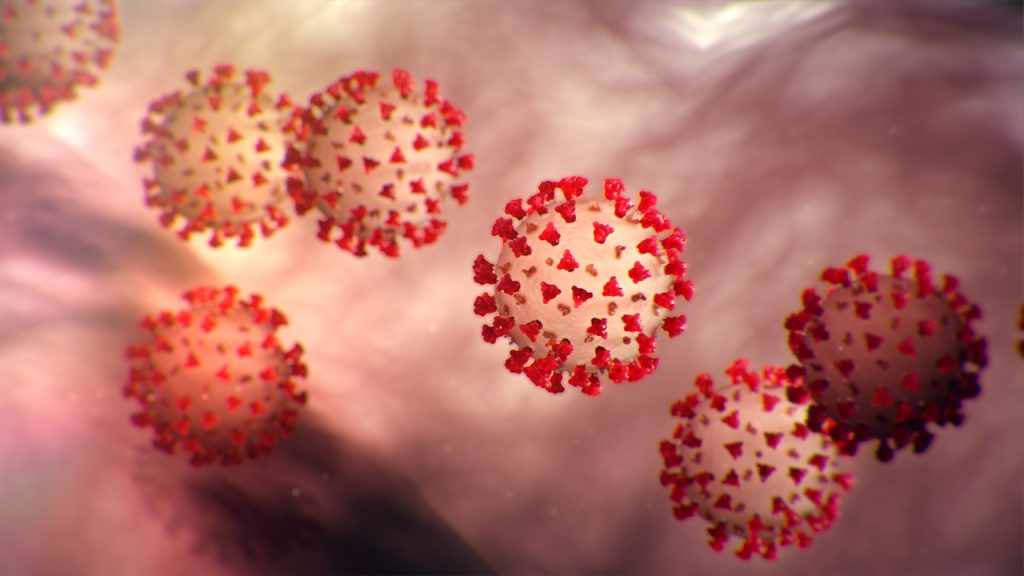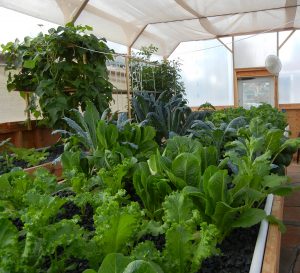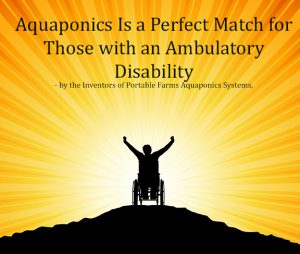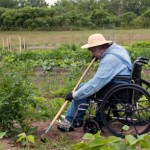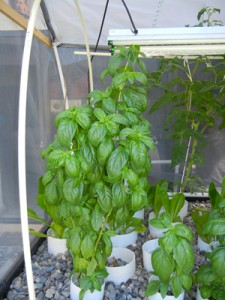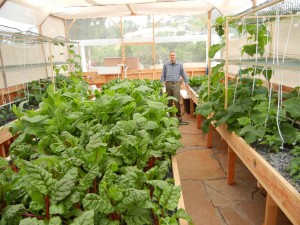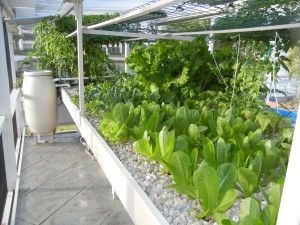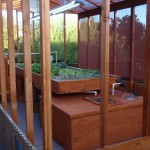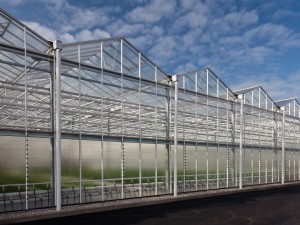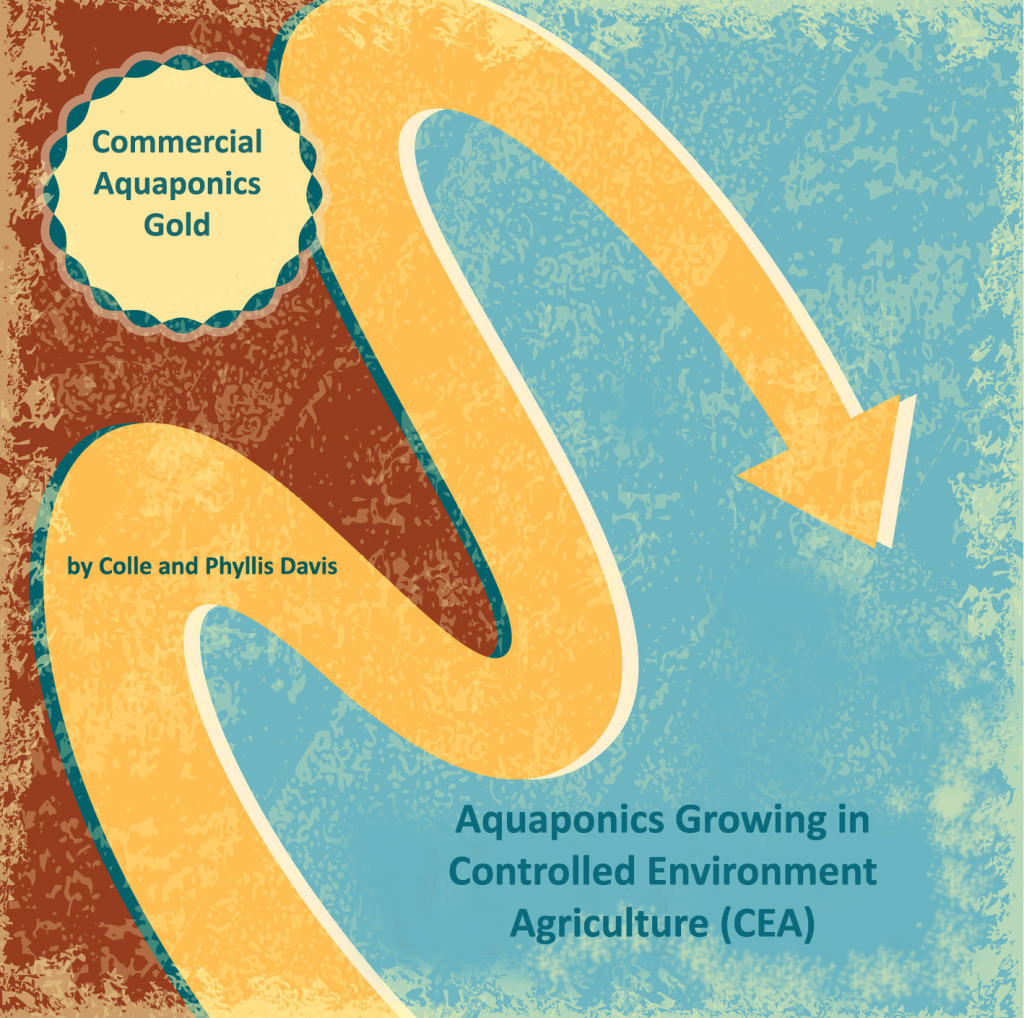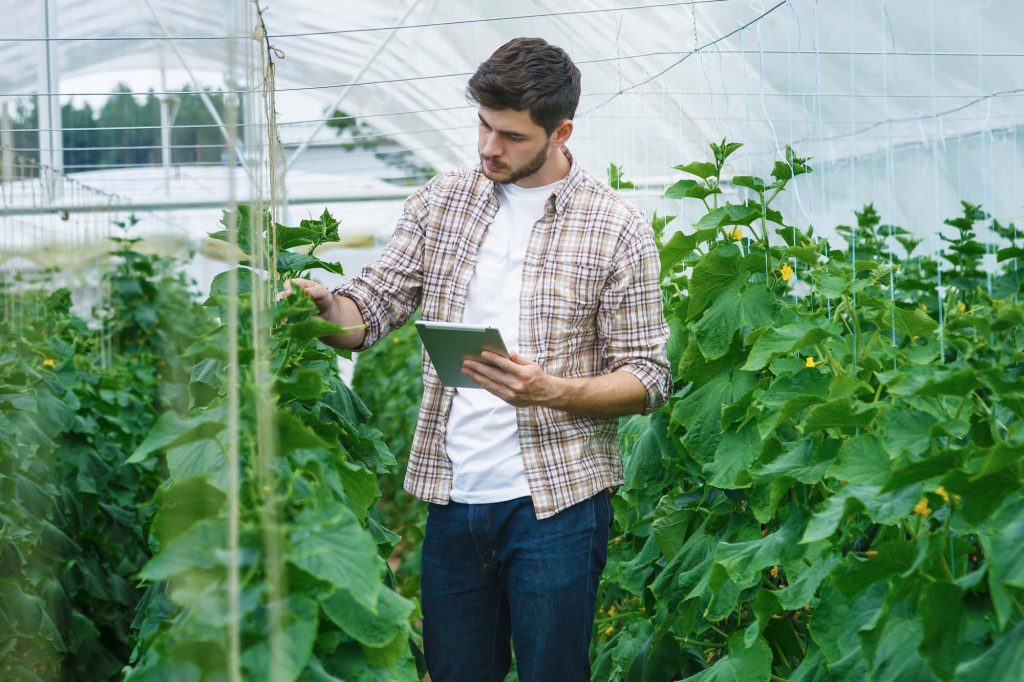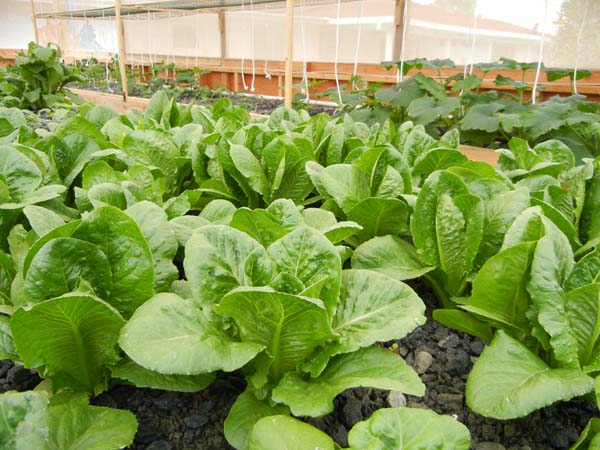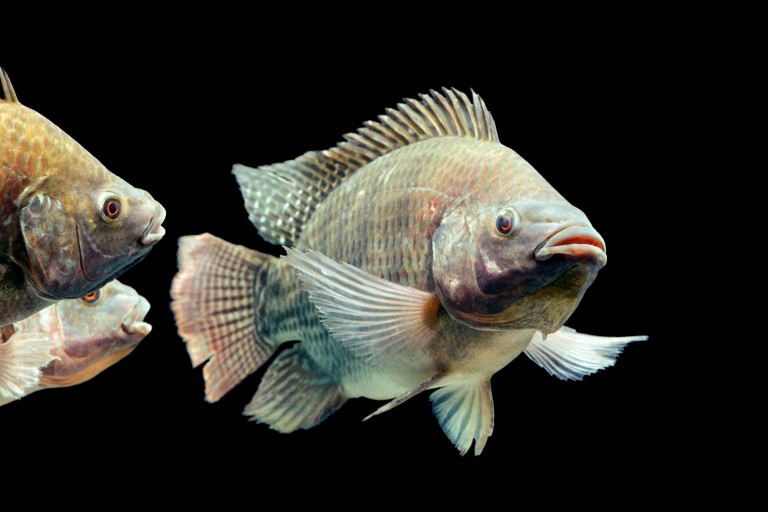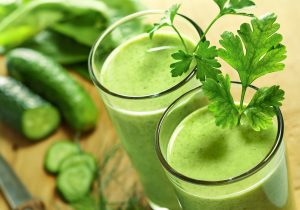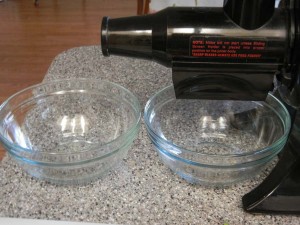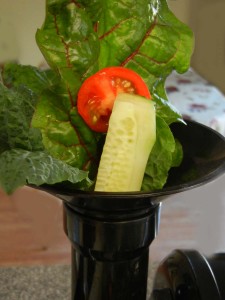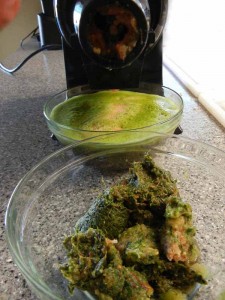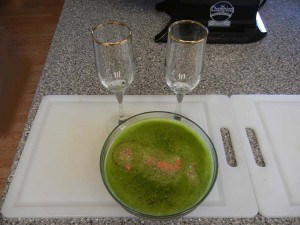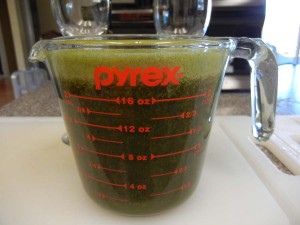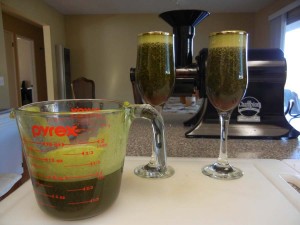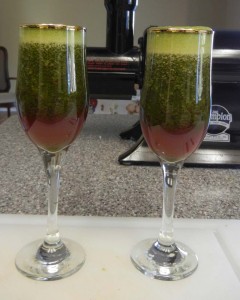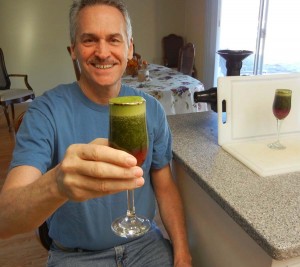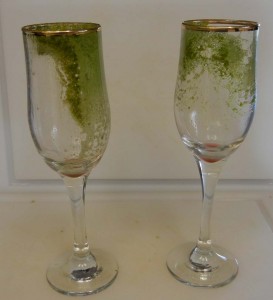GET RICH WITH AQUAPONICS ON ONE ACRE
– by Colle Davis, Phil Estes and Phyllis Davis
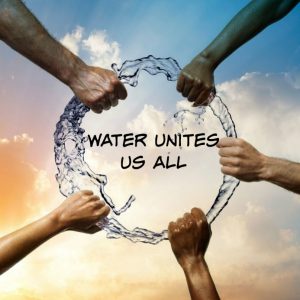
GET RICH WITH AQUAPONICS WITH ONE ACRE OF AQUAPONICS but first, begin with one small aquaponics’ system to learn how to operate it and see if it meets your expectations. Even ONE 5×40′ MODULE that feeds eight people is a realistic experiment to ‘get your hands wet’ as you learn to grow healthy vegetables and raise fish.
With a ROI (Return on Investment) for a 10,000 square foot facility (one-quarter acre), over three to five years, and the possibility that by addressing a specific local market needed to produce a specialty green) crop such as kale, basil or bok choy, and reducing the ROI to less than two years, investors take notice. When a single commercial installation pencils out to yield a net-net in the low six figures and the output can match any wholesale supplier’s prices and still make money, serious investors are interested.
Commercial aquaponics installations are not subject to the normal vulgarities of the stock market, derivatives markets, political upheaval, drought, electrical outages, heat waves, unusually hot or cold weather or even state-sponsored corruption.
This comprehensive information about commercial aquaponics provides you will all the facts you’ll need to make an informed business decision about commercial aquaponics growing in controlled environment agricultural (CEA).
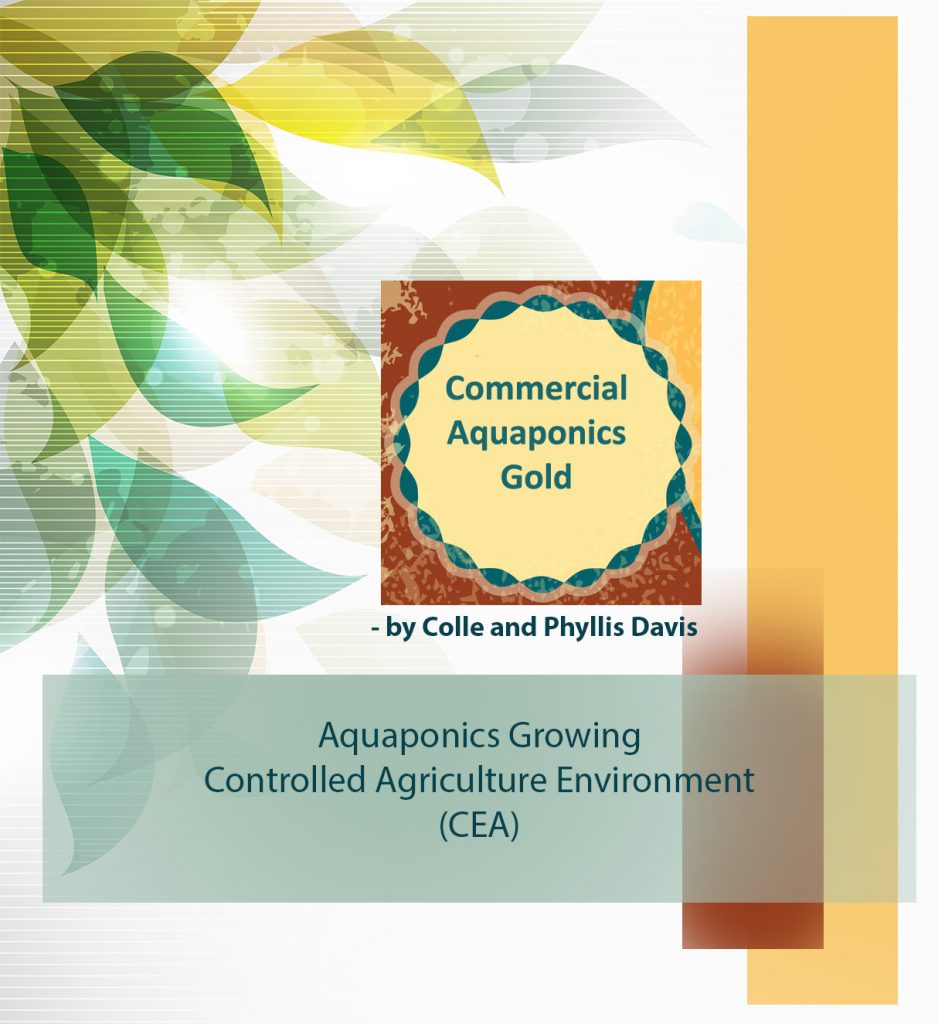
We’re also offering TWO FREE BONUSES with the purchase of Commercial Aquaponics GOLD: 1) A formal ten-step strategy business plan template designed specifically for aquaponics growing to present to funders and,
2) PFAS LLC’s Executive Summary showing production and operating costs, profits and best-produce choices to achieve the shortest Return on Investment.

One module of a Portable Farms Aquaponics Syste
The most common request we receive from those who want to become commercial aquaponics farmers are from people who already have the land and want to install aquaponics installations on their property. Although they may own the land, they do not have the money to make a large initial investment.
One acre of flat, level land covered with four Portable Farms® Aquaponics Systems can make you a millionaire and with an ongoing income of over $300,000 from the full acre per year NET. To fund this size operation all at one time requires approximately US$1.2Million.
Here are several scenarios that demonstrate how to achieve this level of success is stages over time.
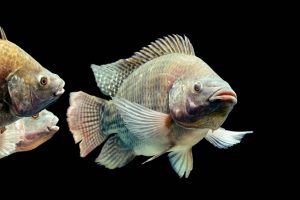
Oreochromis Mossambicus Tilapia. This is the male tilapia used in aquaponics systems in the Northern Hemisphere.
Everyone’s situations obviously differ from these proposed instances, but you can use these scenarios as examples and then adjust them for your unique situation.
Assumptions:
• Land cost is not a factor – meaning the land is owned or leased at a low rate already.
• You are willing to invest the time to prepare a quality business plan before you begin.
• You have access to $200,000 of capital or the ability to borrow that amount.
• You understand the meaning of hard work.
• Marketing is a passion and a way of life for you.
• You or your partners have successfully operated a growing business for more than five years.
Five Suggested Scenarios and Options for Beginning your Aquaponics Business
First Scenario:

- You already own the land.
- The property has access to electricity and water.
- The land is mostly flat and level.
- While solar power and well water are options, they may come with additional costs.
- Your land is located near your potential markets for selling your food, and you do not have the investment capital to begin the project. In this first scenario, your land is not currently paying you anything in return, but you are paying property taxes on it, and there are other normal expenses that you incur by owning it.
(Brace yourself, this following suggestion may hurt . . .)
Sell enough of your land to fund the first acre or even the first 10,000 sq. ft. aquaponics installation. That way, you are investing your own money in your own aquaponics business and you are paying yourself back with interest. For example, the average size of currently owned acreage of those we have talked with, is 10 to 12 acres (the range is from 2 acres to several thousand acres). If a portion of this land was sold, even most of it, your new commercial aquaponics project could be at least partially funded from the proceeds.
Second Scenario:

You may consider refinancing your land and using the proceeds to build the first aquaponics installation(s).
This may or may not please your banker, but he will enjoy being paid back in a few years.
Third Scenario:

Find some partners who agree to fund the aquaponics installation on your land. Be the ‘land guy’ and be willing to structure the deal so you are the last to be paid off. After all, it is your land and the installation is on your property and it will be producing income far into the future. You may even want to structure the deal to pay off your partners in total, first, and then you will continue to receive all the income for yourself.
Fourth Scenario:
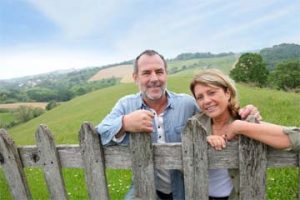
If you don’t own the land, but you know someone who does own it, and you are willing to do all the work to make this project happen then consider asking them for permission for you to use one acre of their land for aquaponics installations in exchange for a percentage of your business profits.
You may also consider approaching several other investors to fund the installations and then you would provide the hard work of operating the commercial aquaponics systems. This is the hardest scenario to accomplish UNLESS you have a proven track record running a business.
Fifth Scenario:
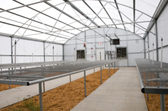
Research real estate listings and find a few existing greenhouses in your area that area available to lease, and then install the Portable Farms Aquaponics Systems Modules to fit into the greenhouse(s). Then use this installation to generate the capital needed to finance the expansion of additional units on your unused property. The upfront cost of doing this is a fraction of the cost of building a greenhouse from scratch.
Okay, enough with the options, let’s get down to the numbers.
- A single 10,000 sq. ft. facility can hold approximately 30 Portable Farms® Aquaponics Systems Modules costing from $80,000 to $100,000, installed.
- The ROI can be from 2 to 4 years depending on your markets and the crops you choose to grow and sell.
- Payroll for two full time employees to operate a single commercial PFAS Unit (30 modules)
- The Net-Net for this example is US$100,000 per year
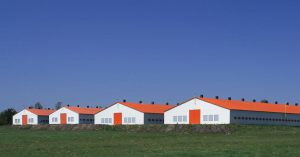
- Four PFAS Units (120 modules) are needed to be a millionaire
- Four PFAS Units will require approximately US$1,000,000 of initial investment.
Colle Davis, Lead Inventor, Portable Farms® Aquaponics Systems harvesting a PRIZE WINNING 17-lb bok choy. Oh the joys of aquaponics . . . the fun just never ends! 🙂
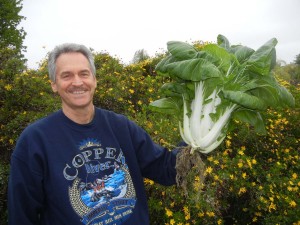
Colle Davis, Lead Inventor, Portable Farms® Aquaponics Systems harvesting a PRIZE WINNING 17-lb bok choy. Oh, the joys of aquaponics . . . the fun just never ends! ?
To start, do your homework, complete your marketing survey, talk to a local casino, high-end restaurant and resort hotel chefs to see how much of their weekly produce they are willing to buy from you. Talk to at least TEN chefs, add the numbers of different vegetables they are requesting together, divide by two (this gives you the built-in expansion for your business) and design your installation to fulfill that amount of produce by the end of your first year of production.
Yes, it’s a LOT of hard work, focus, managing yours and/or other people’s money and a dedication to bring the finest food on the planet to your market that can make you a millionaire in a few short years, but like all growers and farmers will tell you, there is a great deal of hard work ahead. PFAS LLC’s Portable Farms® Aquaponics Systems technology offers one way to grow healthy food and profit from your hard work.
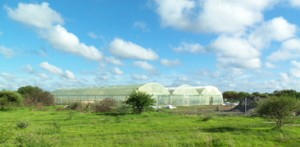
A 10,000 sq. ft. greenhouse with Portable Farms Aquaponics Systems installed. Location: Botswana Africa.
Commercial aquaponics programs will change the face of aquaponics, make their investors very happy, create jobs for thousands of people and equally important, provide the highest quality, locally grown food for the growing middle class around the world. The technology of aquaponics, especially as a viable alternative to long-food-miles groceries is finally becoming a part of mainstream thinking.
As the acceptance of aquaponics moves from fringe idea to proven commercial production, there has been a profound shift in those who are interested in applying the technology and how they are affecting the industry. Now the moneyed people (the serious investors), the visionaries with immense deep-pocket connections and the people who can make a difference in the world are stepping into the food growing arena as investors.
Aquaponics is at least 4,700 years old and has been practiced in various forms in many places in the world, especially where great amounts of food were needed for large for areas with large population and the land or water was limited. Maximizing the nutrient stream (fish effluent) is critically important when land is restricted. The use of animal’s waste to encourage the growth of aquatic plants and animals is an elegant solution to a wastewater management problem.
Modern aquaponics offers a locally based, extremely high yield, food production facility that also provides permanent full-time jobs for semi-skilled workers. When a concentration of modern aquaponics installations occur an increasingly sophisticated and broader administrative function is required to run them effectively.
Another benefit of these installations is the creation of many secondary jobs. These additional jobs normally add four to seven additional local positions in the support-function businesses.

Learn more about owning your own Portable Farms Aquaponics System: CLICK HERE.
Read our ebooks about growing healthy food and fish in aquaponics written by Colle and Phylis Davis, inventors of Portable Farms® Aquaponics Systems.
 Trout/salmon are also carnivores and are grown best on animal protein. Commercial trout chow contains fish meal as the protein source and that fish meal is from ocean harvest fish, depleting the ocean fisheries.
Trout/salmon are also carnivores and are grown best on animal protein. Commercial trout chow contains fish meal as the protein source and that fish meal is from ocean harvest fish, depleting the ocean fisheries.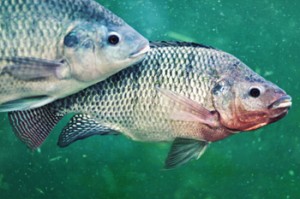 That leaves the incredibly, tasty, hearty and adaptable Tilapia. They are very easy to grow, prepare, they taste great, grow quickly, and are available year round. They are herbivores and prefer plant protein and are very hardy.
That leaves the incredibly, tasty, hearty and adaptable Tilapia. They are very easy to grow, prepare, they taste great, grow quickly, and are available year round. They are herbivores and prefer plant protein and are very hardy.

